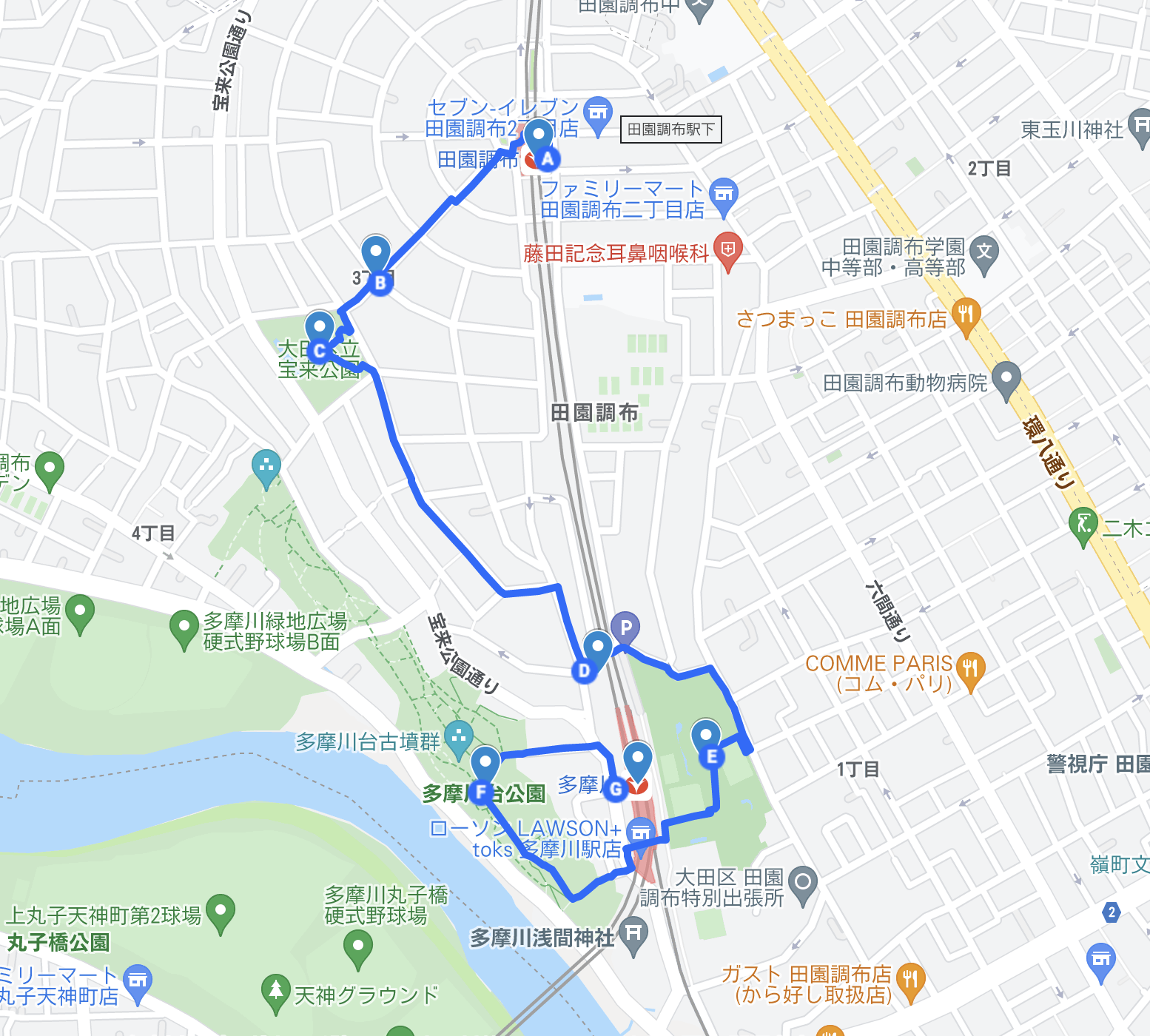Today’s stroll Denenchofu and the Tama River
Denenchofu in Setagaya-city, Tokyo, one of the most exclusive residential areas in Japan, is located on the Musashino Plateau nurtured by the Tama River, which leads to Tokyo Bay. This tour takes you on a stroll through the town of Denenchofu and the park along the Tama River.
- Today’s Root
- A.(Start)Tokyu Toyoko Line Meguro Line Denenchofu Station
- B.Denenchofu lined with 159 ginkgo trees
- C.“Horai Park” is a natural forest in its original state
- D.Italian restaurant “Denenchofu Club”
- E.Tokyo famous spring water“Denenchofu Seseragi Park”
- F.Tamagawadai Park” of the eight views of the Tamagawa River
- G.(Goal)Tokyu Toyoko Line Meguro Line Tamagawa Line Tamagawa Station
- Route Review
- Access to stroll Denenchofu
- Parking around Denenchofu and the Tama River
- Stroll Denenchofu and the Tama River Official Website
- Recommended around Denenchofu and the Tama River
Today’s Root
A.(Start)Tokyu Toyoko Line Meguro Line Denenchofu Station
B.Denenchofu lined with 159 ginkgo trees
C.“Horai Park” is a natural forest in its original state
D.Italian restaurant “Denenchofu Club “」
E.Tokyo famous spring water“Denenchofu Seseragi Park”
F.Tamagawadai Park” of the eight views of the Tamagawa River
G.(Goal)Tokyu Toyoko Line Meguro Line Tamagawa Line Tamagawa Station
A.(Start)Tokyu Toyoko Line Meguro Line Denenchofu Station
Denenchofu Station, served by the Toyoko and Meguro Lines, offers excellent access to central Tokyo, with Shibuya Station only 12 minutes away by express train.
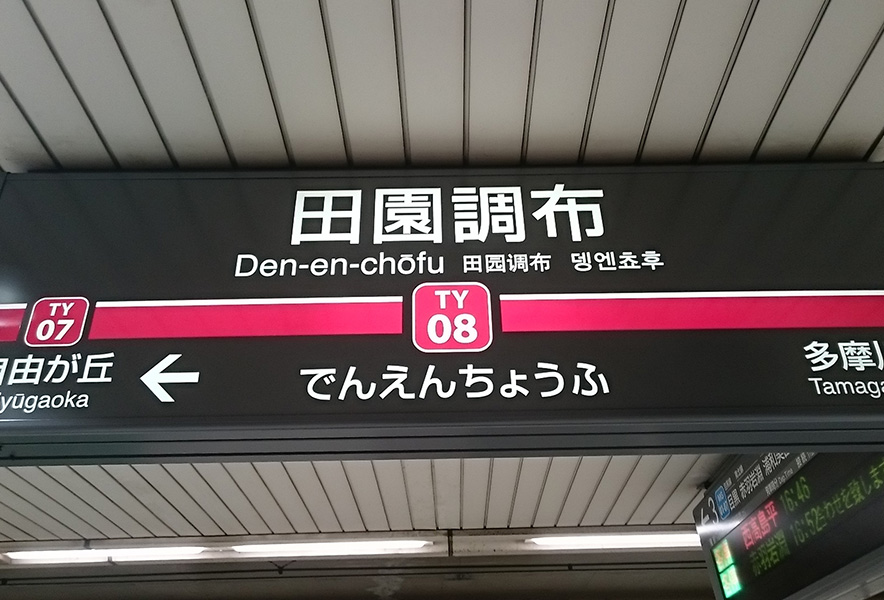
The Denenchofu Station building was once demolished to make way for the underground station. However, in 2000, the old station building was restored to its original appearance at the time of its opening in 1923 as the symbol of the station. The landmark of Denenchofu is the west exit rotary with the fountain at its center, the radial and concentric roads stretching from the rotary, and the gingko trees lining the streets.
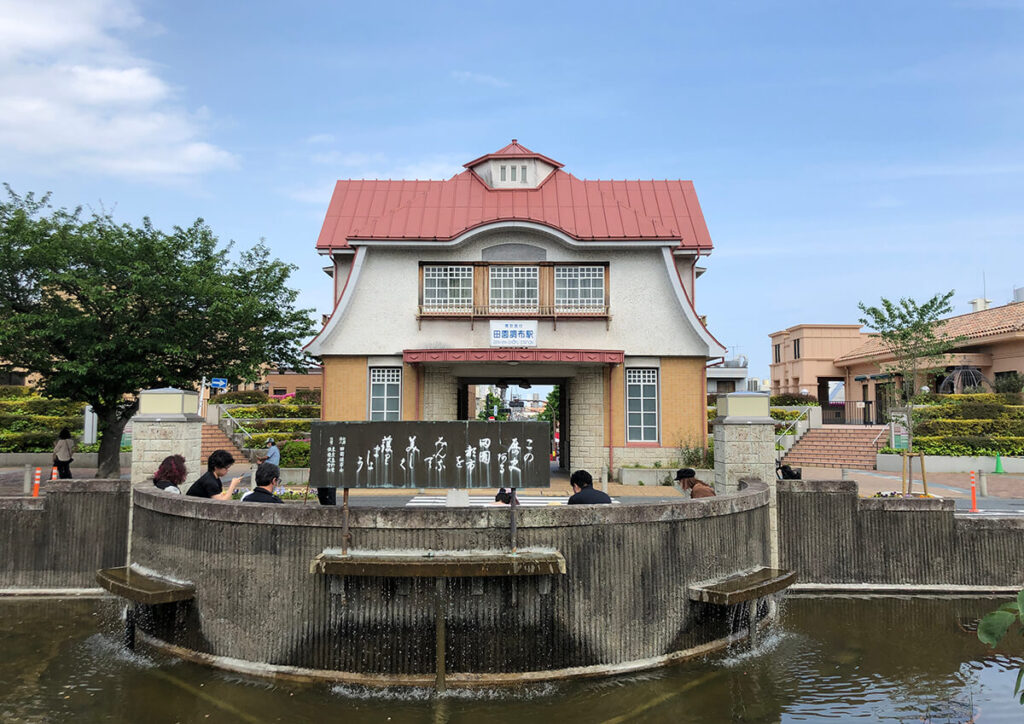
B.Denenchofu lined with 159 ginkgo trees
Residential subdivisions in Denenchofu began in 1923, creating three radial, etoile-shaped streets, each about 200 meters long, with 159 large gingko trees planted as avenue trees.
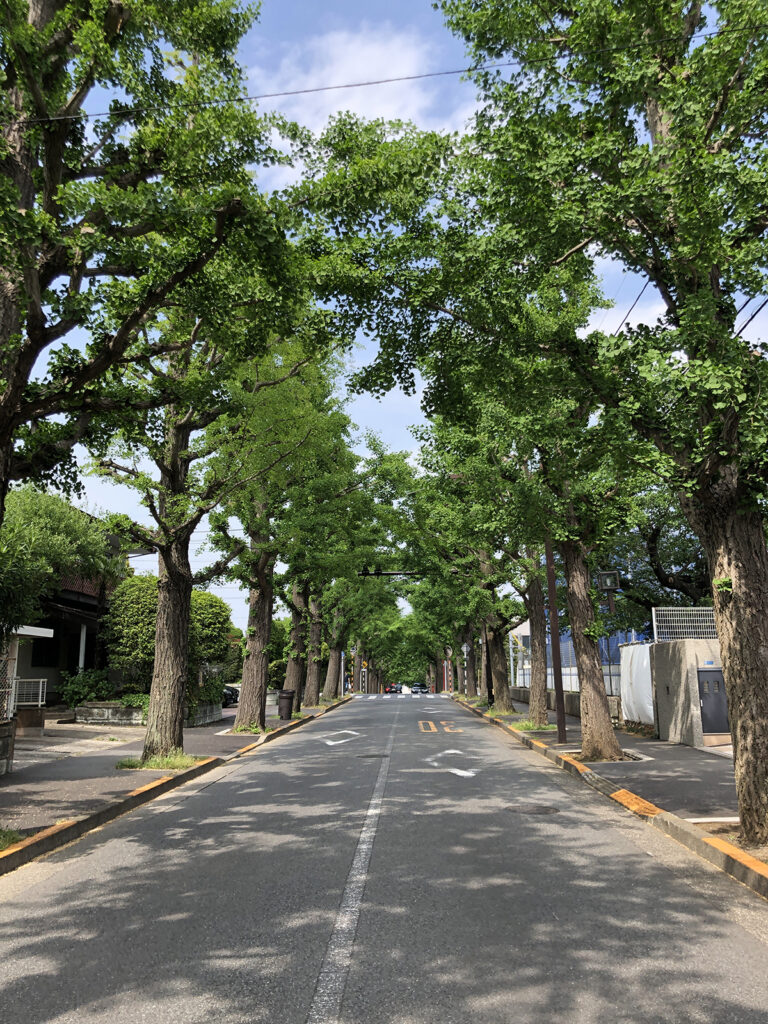
The picturesque street trees, widely known as a landmark of Denenchofu together with the old station building, are beautiful in all seasons, spring, summer, fall, and winter, and you can enjoy the changes of the four seasons!
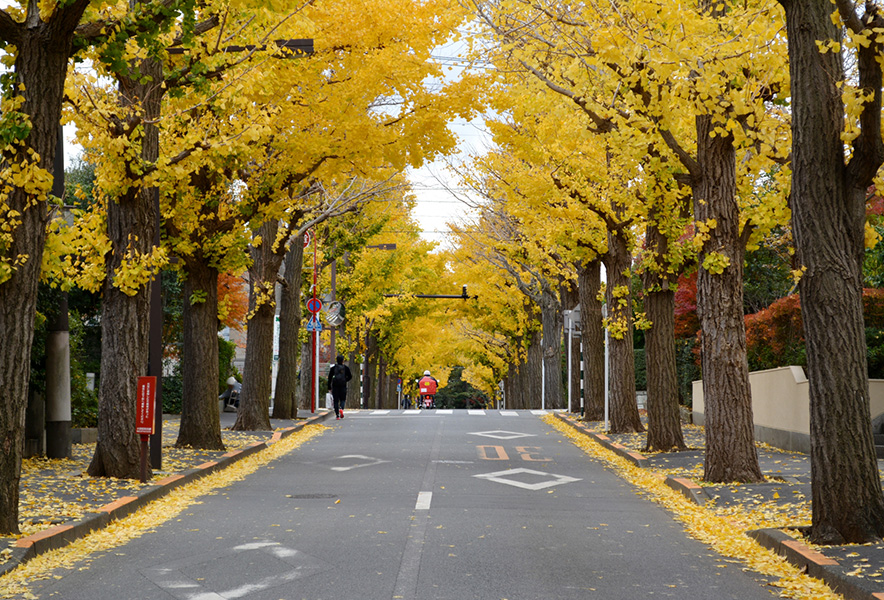
C.“Horai Park” is a natural forest in its original state
Hourai Park is a 6-minute walk from Denenchofu Station along a ginkgo tree-lined avenue.
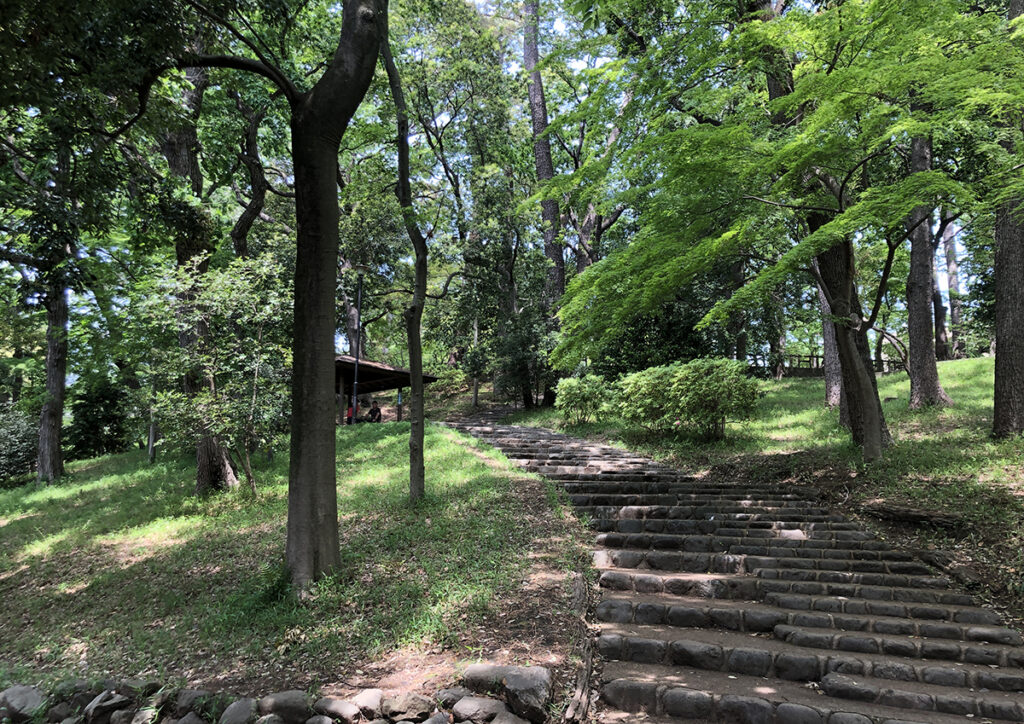
The natural forest on the slope has been preserved as it is, with 1,500 trees of about 70 species. Visitors can enjoy the seasonal expressions of the trees: red and white plum blossoms and cherry blossoms in spring, fresh greenery and wisteria in early summer, shiitake mushrooms in fall, and camellias in winter.
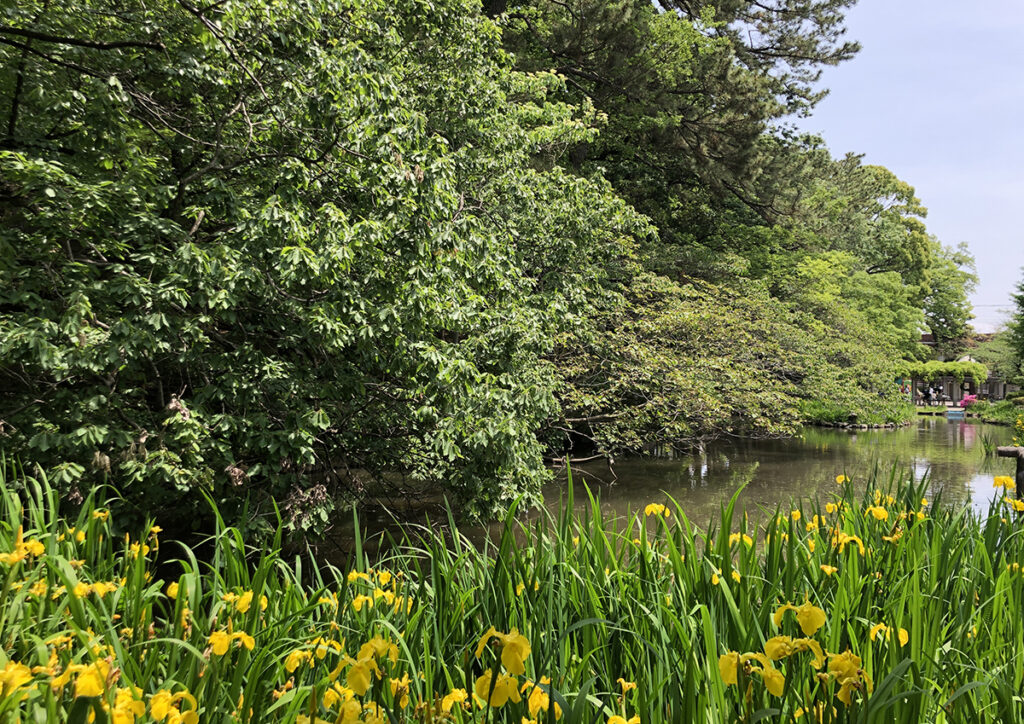
The 300 or so yellow irises that bloom in May are also beautiful, and in the spring-fed pond you can see mallard ducks, turtles drying their shells, and carp.
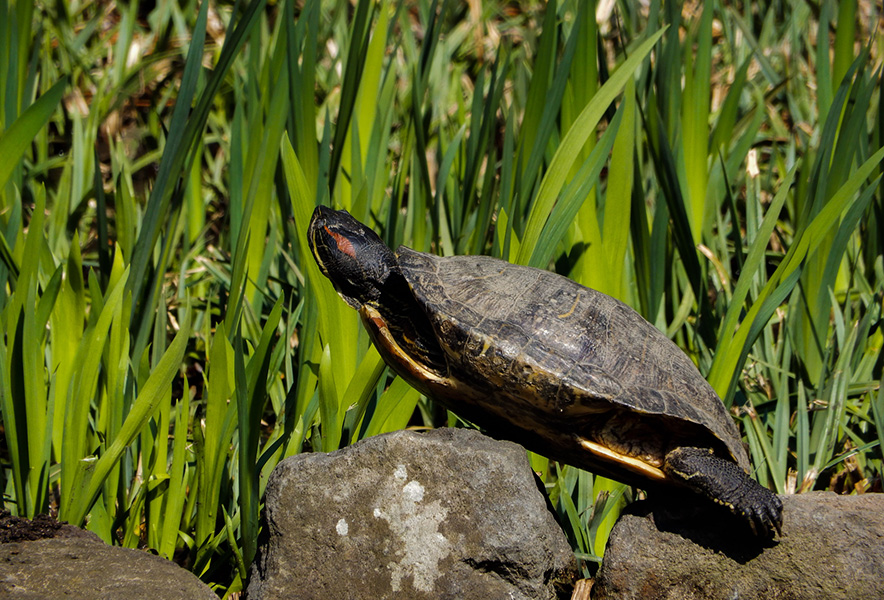
D.Italian restaurant “Denenchofu Club”
Walking toward Tamagawa Station from Horaiko Park, you will find Denenchofu Club, an Italian restaurant in a house that blends in with the beautiful cityscape. Take a break while enjoying pizza or pasta here.
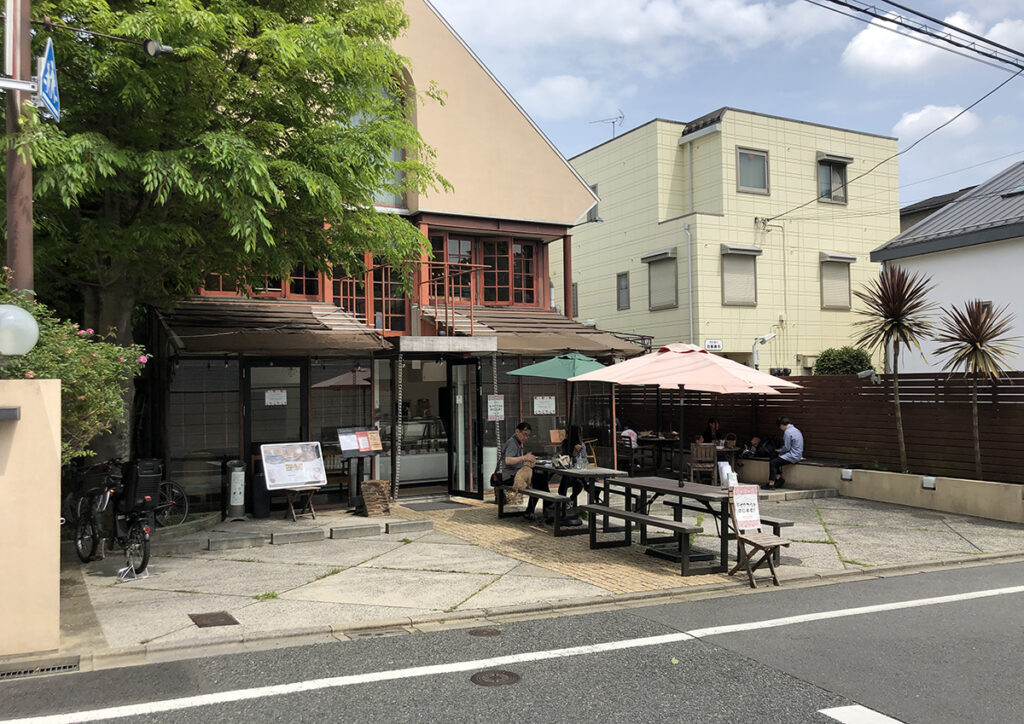
official website:Denenchofu Club
E.Tokyo famous spring water“Denenchofu Seseragi Park”
Take a walk in Denenchofu Seseragi Park, located in front of the east exit of Tamagawa Station. The park is surrounded by lush greenery and water from one of the 57 most famous springs in Tokyo.
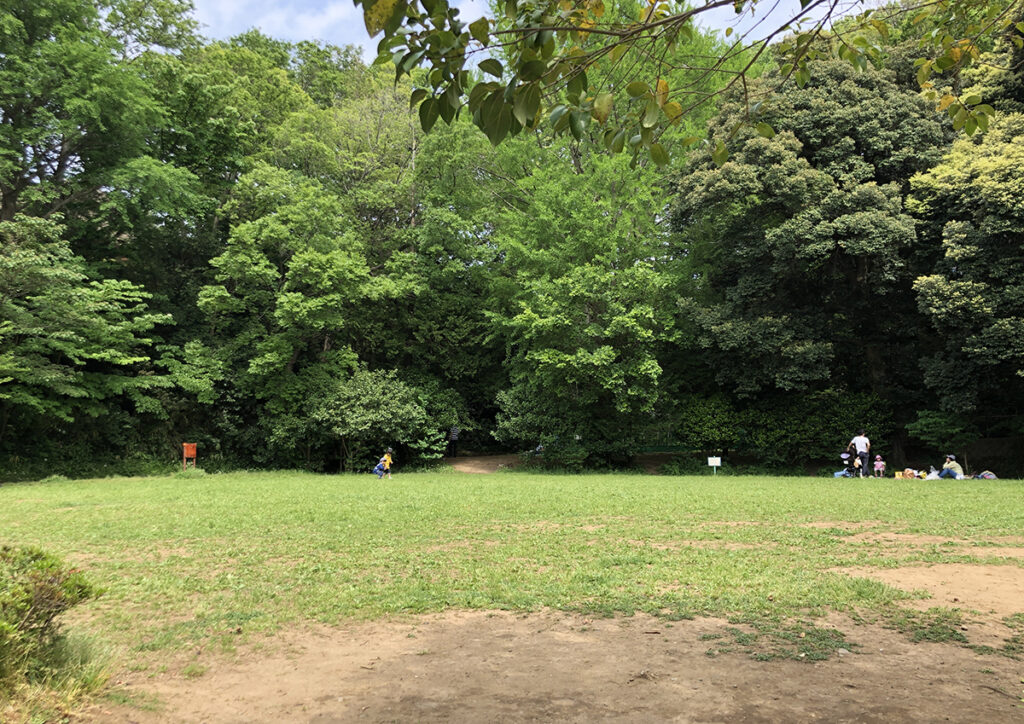
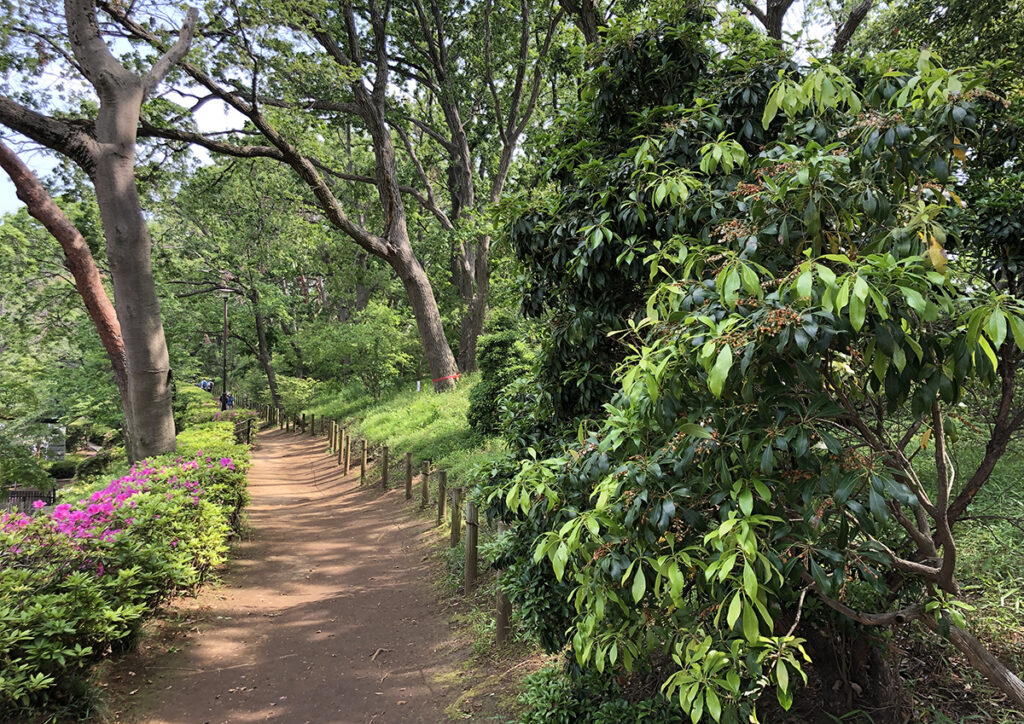
The park has two large spring-fed ponds that are home to aquatic life.Visitors can also enjoy the cherry blossoms in the spring and the autumn leaves of the Irohamomiji in the fall.
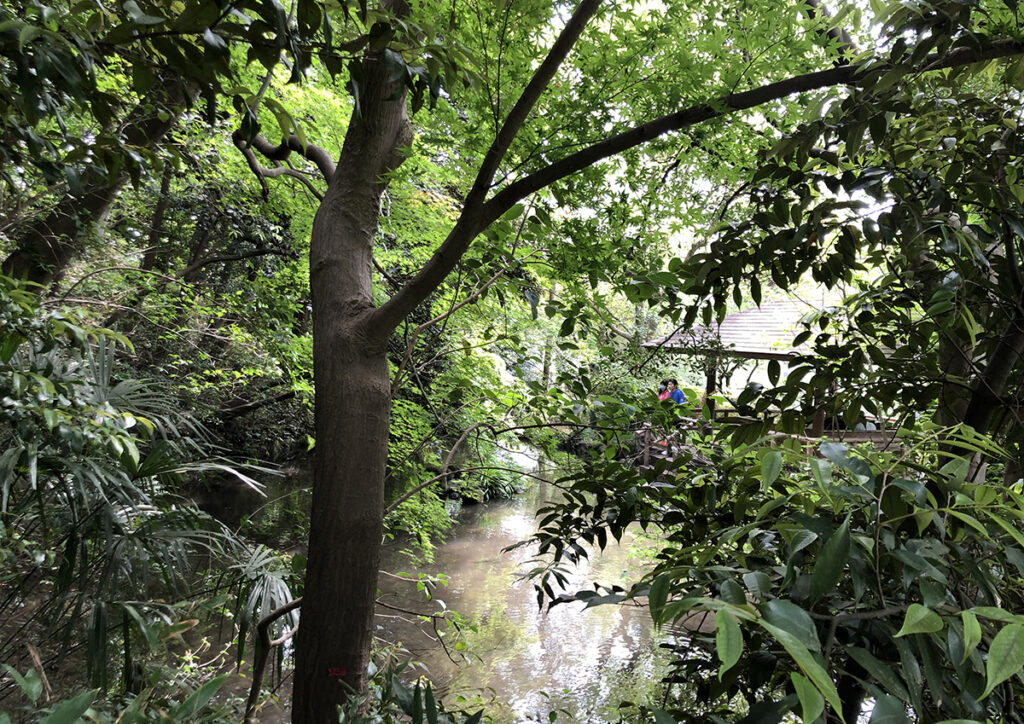
F.Tamagawadai Park” of the eight views of the Tamagawa River
Tamagawadai Park, selected as one of the eight best views of the Tama River, stretches 750 meters across the hillside high ground along the river, offering a panoramic view of the surrounding area. On clear days, views of Mt. Fuji and the Tanzawa mountain range can be seen.
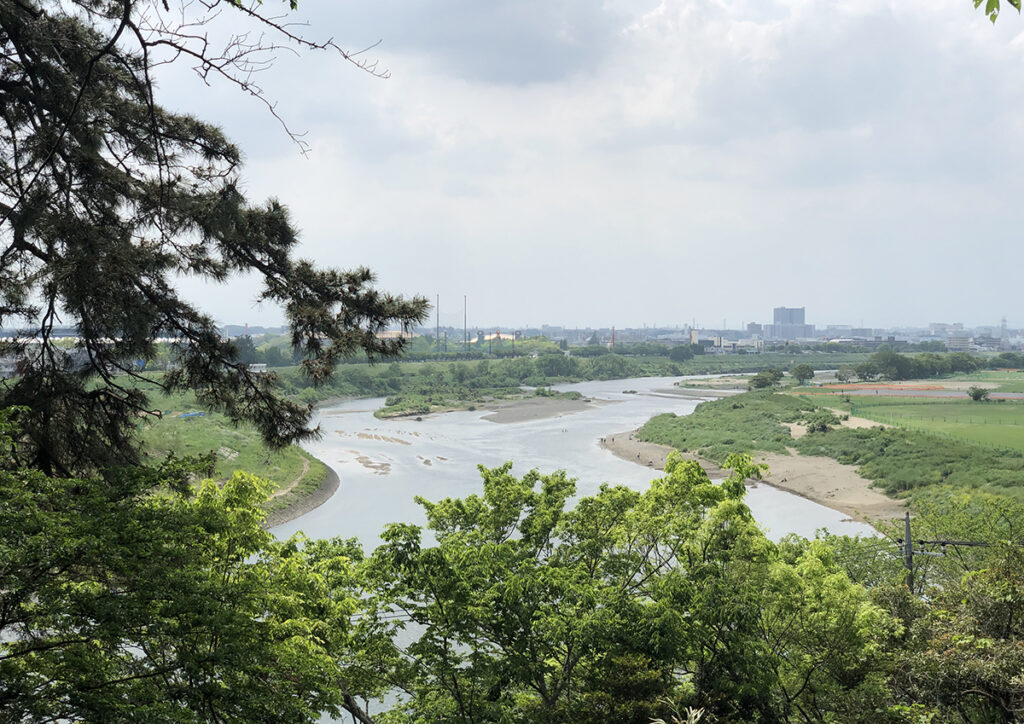
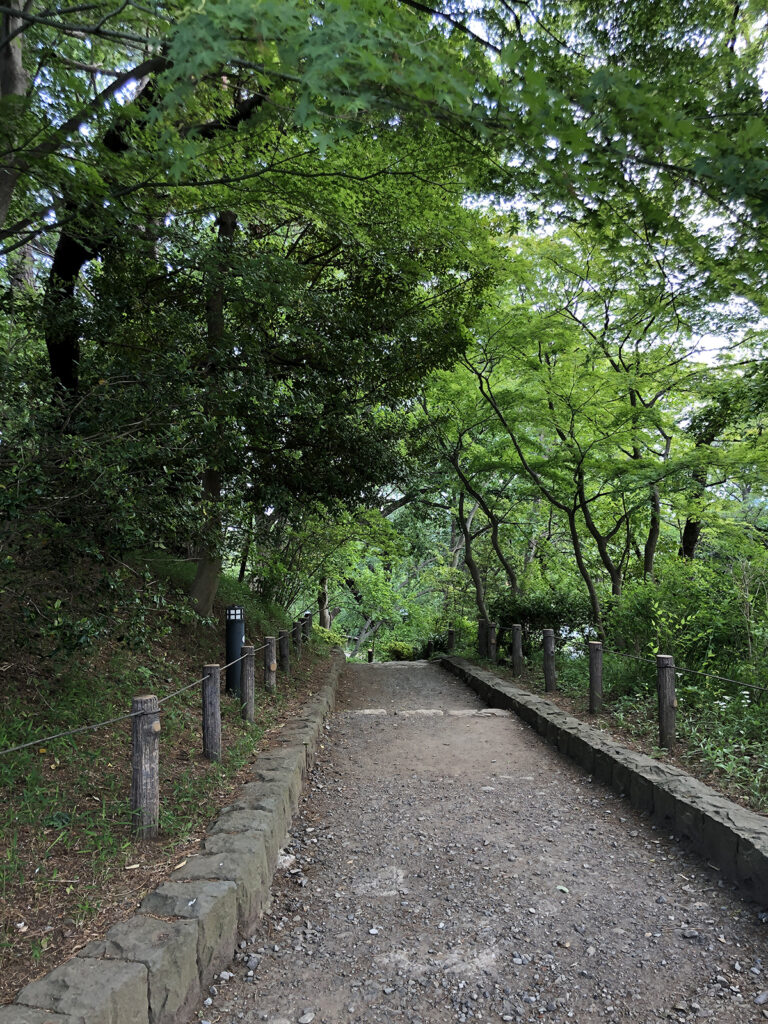
Within the park are the Kikkozan and Horaizan burial mounds, including one of the largest forward-rear circular mounds in Tokyo, and eight burial mounds in between, known as the Tamagawadai burial mounds group. Together with the surrounding tumuli, they are collectively called the Denenchofu tumulus group. The Kikkozan Kofun Tumulus is a posterior frontal round burial mound built in the late 4th or early 5th century, and is designated as a national historic site.
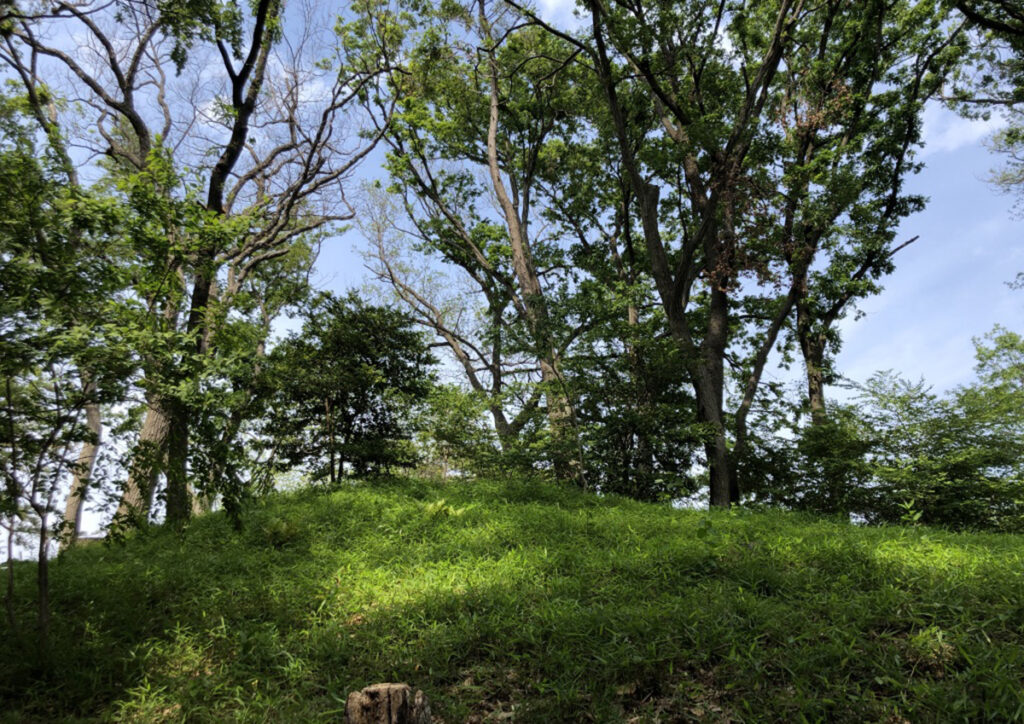
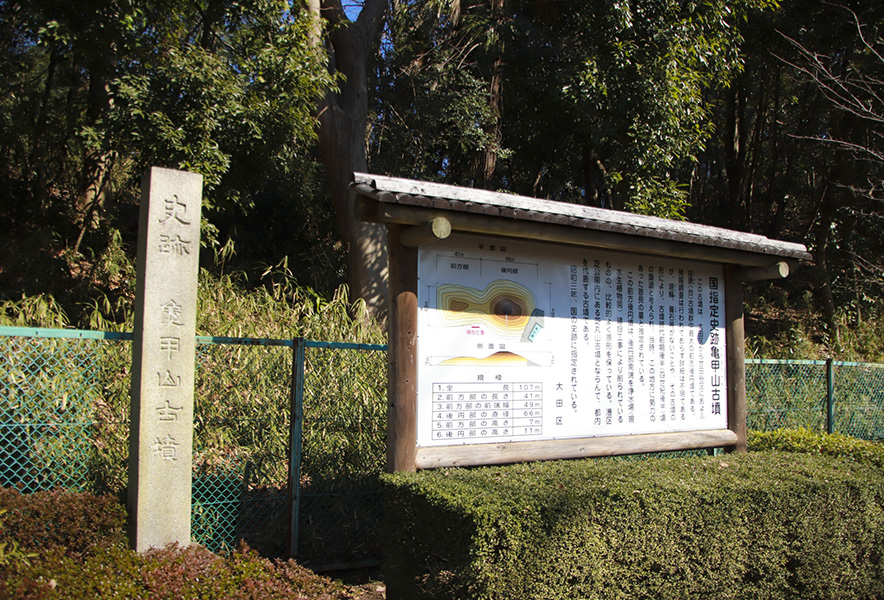
There are many places of interest, including a natural forest path, a viewing plaza, an aquatic plant garden, a four-season wildflower garden, a hydrangea garden, a wildflower path, and a plaza. You can also view the cathedral of the Denenchofu Association, built in 1955, from the park.
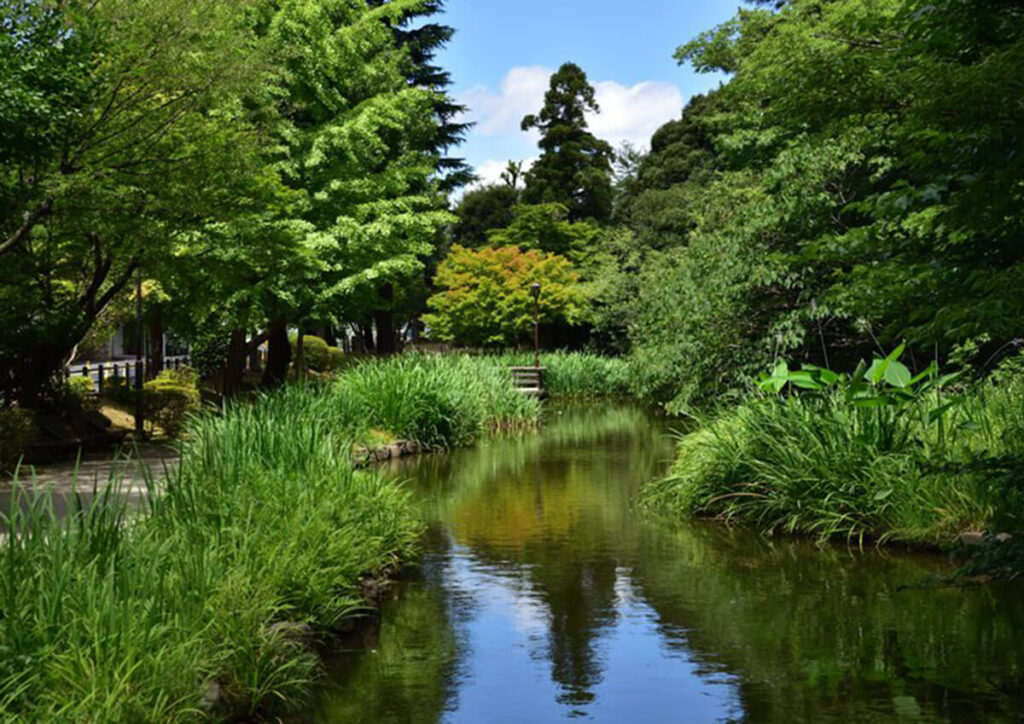
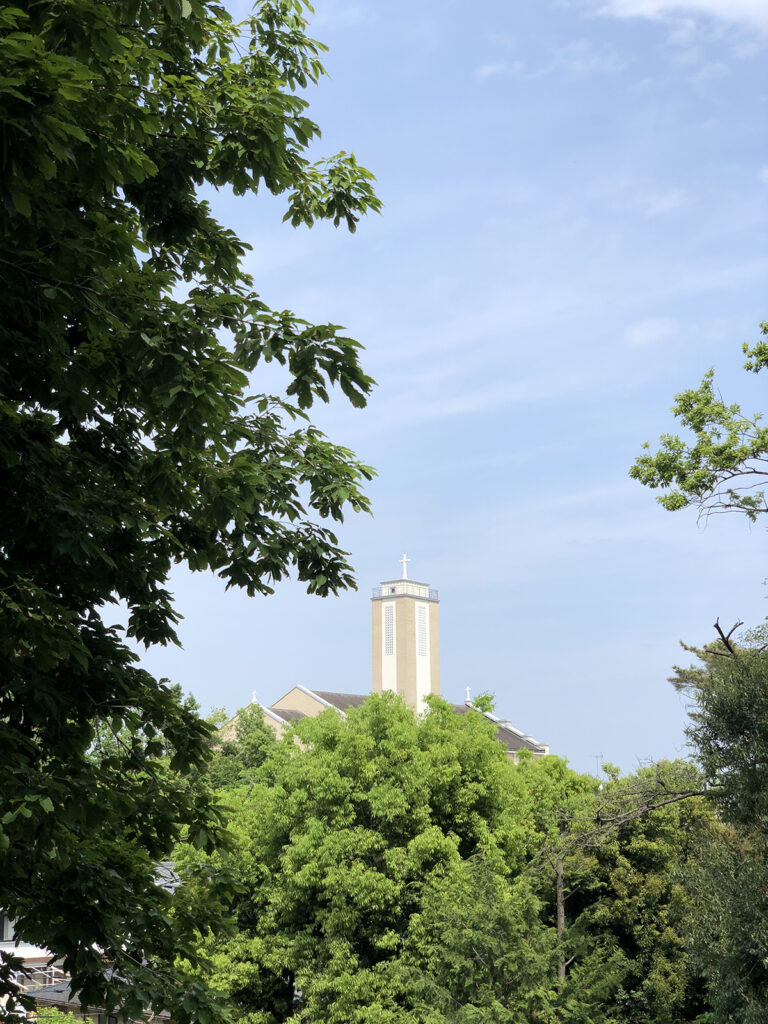
G.(Goal)Tokyu Toyoko Line Meguro Line Tamagawa Line Tamagawa Station
Returning to Tamagawa Station, located between Denenchofu Seseragi Park and Tamagawadai Park, today’s walk is over.
The route took us on a journey that made our hearts dance with the mansions of Denenchofu, soothed our minds with the greenery of nature and the murmuring of the river, and reminded us of ancient times with the ancient burial mounds.
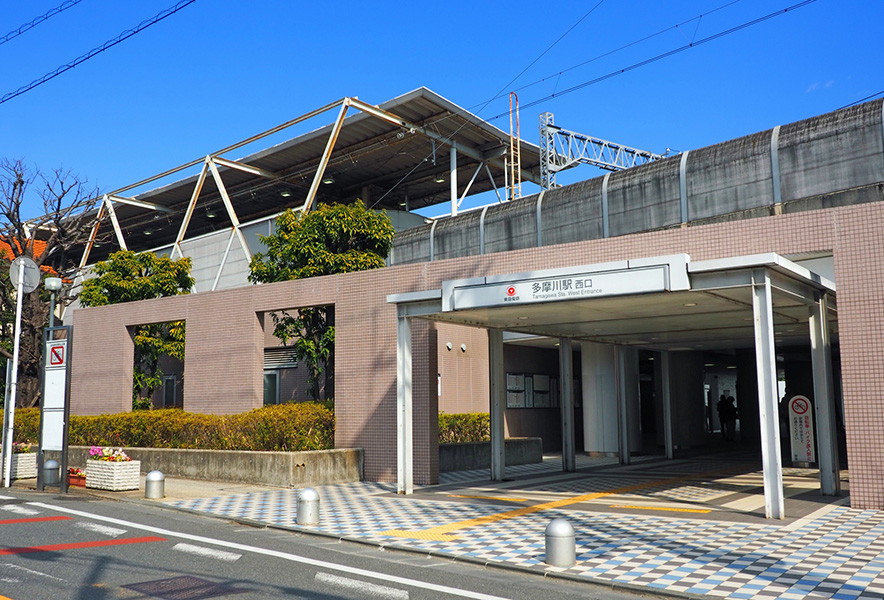
Route Review
A.(Start)Tokyu Toyoko Line Meguro Line Denenchofu Station
↓ 350m
B.Denenchofu’s Ginkgo Biloba trees
↓ 72m
C.Hourai Park
↓ 550m
D.Denenchofu Club
↓ 300m
E.Denenchofu Seseragi Park
↓ 120m
F.Tamagawadai Park
↓ 52m
G.(Goal) Tokyu Toyoko Line Meguro Line Tamagawa Line Tamagawa Station
Total1.4km(Does not include transportation within the facility)
Access to stroll Denenchofu
(Start)Denenchofu Station : 3-25-18 Denenchofu, Ota-ku, Tokyo 145-0071
Parking around Denenchofu and the Tama River
Stroll Denenchofu and the Tama River Official Website
Hourai Park : https://www.city.ota.tokyo.jp/shisetsu/park/hourai.html
Denenchofu Club : https://www.denenchofuclub.net/
Denenchofu Seseragi Park : https://www.den-en-seseragi.jp/
Tamagawadai Park : https://www.city.ota.tokyo.jp/shisetsu/park/tamagawadai.html

